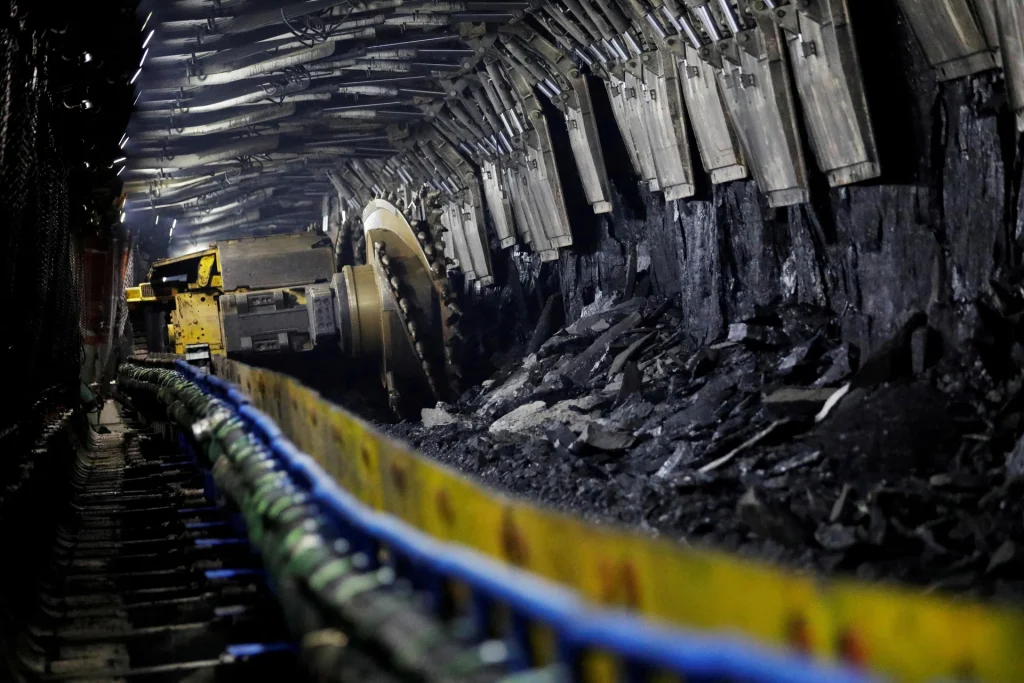[BEIJING] Falling coal prices are shifting the profitability of China’s chemicals sector, away from traditional oil-based producers to the growing number of plants that use the solid fuel as their feedstock.
China’s biggest coal-to-chemicals producer, Ningxia Baofeng Energy Group, saw first-half profits surge 73 per cent, while top miner China Shenhua Energy reported a near 20-fold increase at its Inner Mongolia chemicals facility. Meanwhile, oil refining giant Sinopec lost 4.5 billion yuan (S$813 million) at its chemicals unit over the first six months of the year, even worse than the 3.6 billion yuan it shed in the same period in 2024.
The diverging fortunes of the old and new guard are reflected in their outlooks, as overproduction of lower-value, bulk chemicals slashes prices and margins.
Oil-based chemicals makers are awaiting a government-led overhaul that would phase out smaller facilities, demand upgrades of outdated plants, and redirect investment to more profitable advanced materials.
But coal-based producers are still profitable at current chemicals prices, thanks to the price of their feedstock dropping to a four-year low. The industry is eyeing a 520-billion yuan expansion over the next five years, potentially increasing its capacity by a third.
As long as Chinese coal stays cheap, the re-orientation of the sector could be hard to halt, not least because it comes with the additional benefit of cutting the country’s dependence on foreign energy. China produces most of its own coal, and imports most of its oil. Indeed, the nation has a surfeit of coal that needs to find a home as renewables take an ever greater share of power generation.
The trade-off that could give policymakers pause relates to decarbonisation. Making chemicals from coal is even more polluting than using petroleum-based feedstocks. Beijing’s goal of peaking emissions by the end of the decade is likely to have a sharper focus in the next five-year plan due early in 2026.
The coal-to-chemicals sector emitted 690 million tonnes of CO2 last year, as much as 440 million tonnes more than would have been released at traditional plants, according to the Centre for Research on Energy and Clean Air. BLOOMBERG


